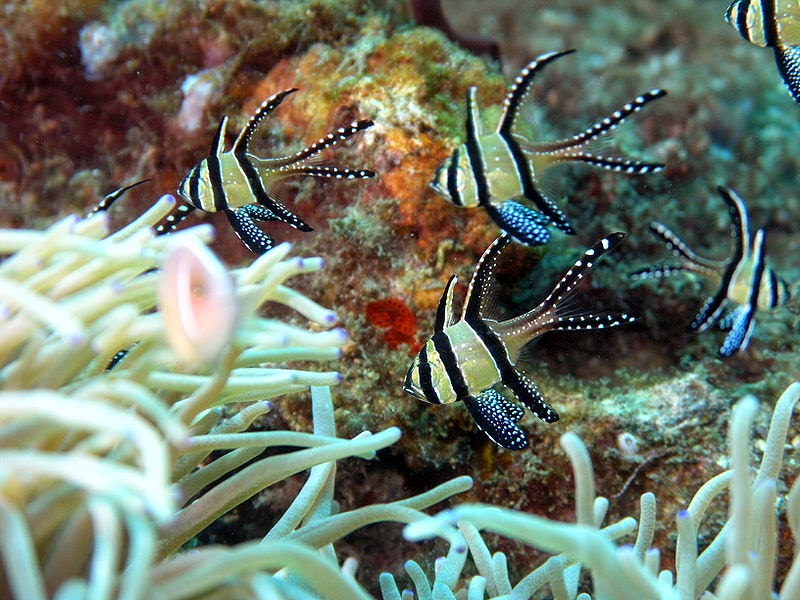For anyone who was counting, yesterday was our birthday-- four years! Four years filled with animals from A to Z, more than 1,100 of them! I can't thank my readers enough, it's been wonderful!
And in celebration of that milestone... I'm taking a break. Hopefully not forever, but for a little bit at least. In the mean time I plan on getting a new layout out, along with some updates to some of the older articles.
I'll post updates here and on the Facebook page, I'm also brainstorming some new animal-related projects, so keep an eye out!
Thanks again for four awesome years!
And in celebration of that milestone... I'm taking a break. Hopefully not forever, but for a little bit at least. In the mean time I plan on getting a new layout out, along with some updates to some of the older articles.
I'll post updates here and on the Facebook page, I'm also brainstorming some new animal-related projects, so keep an eye out!
Thanks again for four awesome years!
 RSS Feed
RSS Feed Twitter
Twitter 16:00
16:00
 booker2o73lister58
booker2o73lister58




























